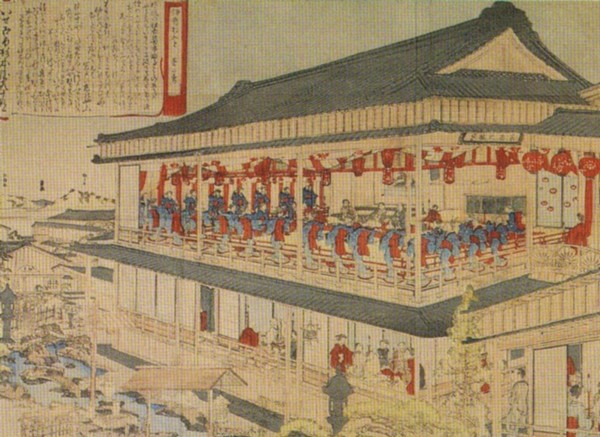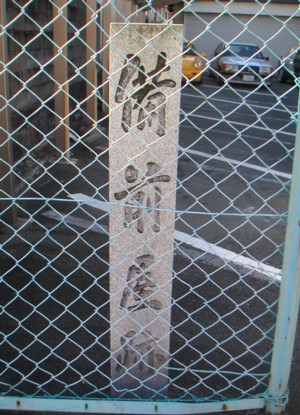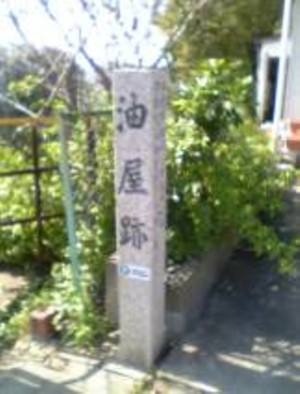ISE-SHIMA SAIKOU-KAI
History of Furuichi


 lse Grand Shrine has been familiar toJapanese people as their spiritual home since
lse Grand Shrine has been familiar toJapanese people as their spiritual home since
ancient times. Many people aimedto visit the Shrine at least once in their lifetime. In
the Edo era (1603-1867)as roads and accommodation were built and the monetary
system was developed,travelling became so popular that many people came to Ise,
home of the Shrine. Furuichi is located on ahilly area called Ai-no-Yama because it is halfway between the
Inner (Niku) andOuter Shrines (Geku), and it prospered as an entertainment district
forvisitors.
Plays were also very popular and wereperfomed in several theaters day after day.
Many actors from all over thecountry came to compete with each other. Performing in
Ise Kabuki was a gatewayto become a top ranking Kabuki actor. Quite a few
excellent local plays were also performed by young peoplehere. Moreover, various
shows and attractions such as human doll, circusriding, water tricks, top spinning
were performed. In the 1820s even a camelshow appered. Furuichi was one of the
mostpopular enteratainment districts then and was therefore always a source of the
latest information of the entertainment world.
Afterwards, however, as transportfacilities developed,fewer and fewer walking
pilgrims gradually led Furuichi toa decline in its prosperity. Now it is a quiet
residential area.
Bizenya Ruin
The first place lse Ondo dance was performed. Bizenya,the oldest and the most prominent brothel in
Furuichi, appears in a work of anauthor Naoya Shiga. Worshippers from all over Japan came here to have
fun aftervisiting Ise Jingu Shrine. Now, only the stone monument tells the ancient bustle.
